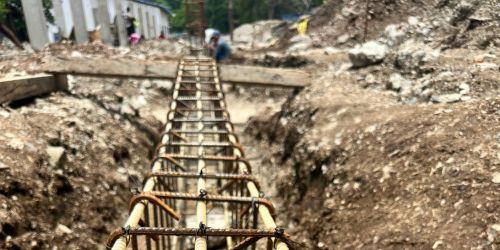Bridges are vital links in any transportation network, but they are constantly exposed to environmental stressors like deicing salts, humidity, and temperature variations. These factors often lead to corrosion in steel reinforcements, reducing a bridge’s lifespan and increasing maintenance costs. Enter GFRP rebars, a game-changing solution for modern bridge construction.
GFRP rebars boast a high strength-to-weight ratio, making them easier to handle during construction. Their resistance to corrosion ensures that bridges reinforced with GFRP last significantly longer than those with traditional steel. Furthermore, GFRP rebars are non-conductive, making them suitable for electrified rail bridges where electrical insulation is critical.
This blog will delve into real-world applications of GFRP rebars in bridges. For example, the use of GFRP in pedestrian bridges and highway overpasses has led to reduced maintenance intervals and improved safety. Additionally, the environmental benefits of GFRP—such as lower carbon emissions during manufacturing—align with the growing demand for sustainable infrastructure.
In conclusion, GFRP rebars are setting a new standard in bridge construction by enhancing durability, reducing costs, and ensuring long-term performance.
